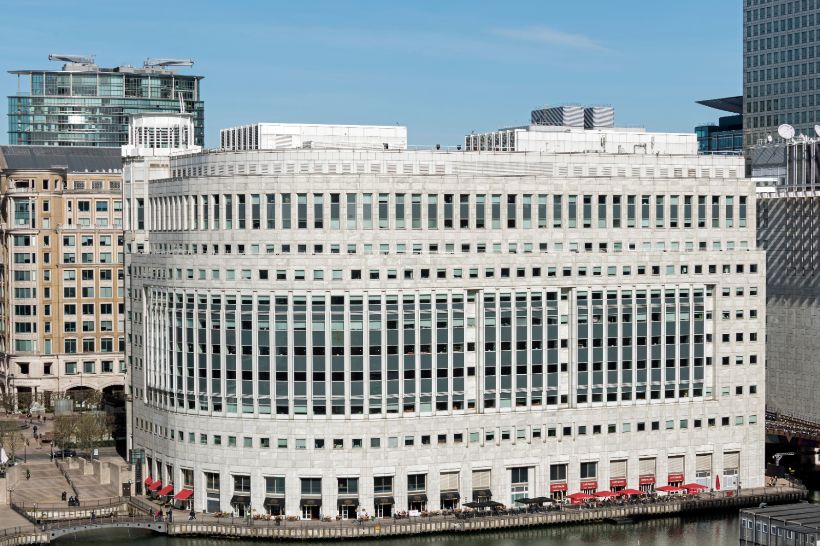Departments have set out details of their latest plans to make their estates more efficient in this week’s Spending Review, with some identifying big savings from moving jobs out of pricey London buildings.
Government last month unveiled plans to reduce the number of civil servants working in London by 12,000 by 2030, to close 11 central London offices, and to move “thousands” of civil service jobs to 13 towns and cities across the country, taking on its own version of the previous Conservative government’s Places for Growth programme.
Estate rationalisation is one of the standout themes in the ‘Departmental Efficiency Plans’ document, which accompanies the SR25 Red Book and sets out how departments are planning to make efficiencies in their day-to-day spend over the next four years.
The Cabinet Office’s plan for its staff targets estate efficiencies by “moving from Westminster to Canary Wharf in outer London where estates costs are half that of the buildings in Westminster”.
It also seeks savings through sharing estates with other departments, “driving quality and sustainability by implementing Places for Growth and Plan for London goals”, and reducing operating costs.
The Cabinet Office said this estate action plan will deliver £12m of efficiency gains by 2028-29.
In 2018, the Cabinet Office opened a hub at 10 South Colonnade in Canary Wharf for more than 6,000 civil servants in departments including HM Revenue & Customs and the Ministry of Justice – but not for its own staff.
 The 10 South Colonnade government hub in Canary Wharf
The 10 South Colonnade government hub in Canary Wharf
At the time, the Cabinet Office said the average cost per sq/m in 10 South Colonnade building was £700, compared to £950 for Whitehall buildings.
In the SR25 efficiency document, HMRC also confirmed its plans to reduce its central London estate.
HMRC said it is reducing its estate in central London by 25% and that, by 2030, 85% of the tax authority's staff will be based outside London – a target it appears to have already achieved.
In HMRC’s 2023-24 annual report and accounts, the department said: “Of our over 67,500-strong workforce, 85% are now based outside London, including more than half of our senior civil service roles.”
The target appears to have been met for several years, as HMRC’s 2021-22 accounts says "85% of our people are based outside London, including 50% of our senior roles”.
HM Treasury’s plan, meanwhile, focuses on reducing its presence in London as a whole.
In its plans, the department says: “Over the SR period, and subject to negotiation with the Government Property Agency, HMT will reduce its London footprint, delivering up to £1.5m of efficiencies per year by 2028-29.”
The Treasury plan also says the machinery of government change which merged the Infrastructure and Projects Authority and the National Infrastructure Commission into a new body has saved £1m per year by accommodating the new National Infrastructure and Service Transformation Authority in existing space.
DfT’s plan also says it will rationalise its London estate, but specifies that it will also expand its presence in Leeds and Birmingham.
Other departments which mention rationalising their London estate include DSIT and DBT.
DSIT said it will make savings from rationalisation and co-location of estates as it continues to move staff out of London in line with ‘Places for Growth’ targets. DBT said its plan to reduce the size and cost of its estate will including focusing on its regional estate in six Places for Growth locations.
DCMS, meanwhile, said it will reduce its estate footprint in the core department and across a number of its public bodies by combining back-office sites, including Bristol, Cambridge, Swindon and York, reducing office space that is no longer needed, and leasing out spare museum storage space. It said it will also replace commercial leased storage with in-house alternatives, and support public bodies to find energy efficient ways to reduce ongoing costs.
The document says that the Office of Government Property is supporting departments to streamline the government estate, including by reducing the size of the London estate and making better use of government-owned land.
To support the relocation of roles out of Whitehall, SR25 invested £244m to complete the development of new government hubs, including the Darlington Economic Campus, the Manchester First Street Hub, and the York Central Hub.